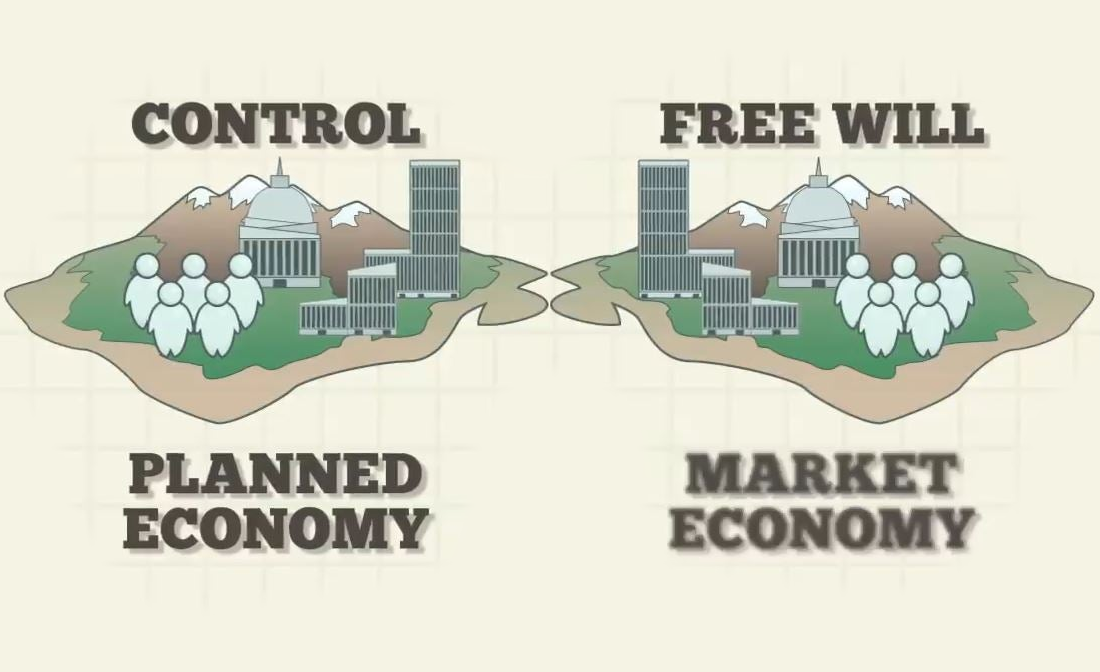Your cart is currently empty!

The Left’s Neo-Liberalism vs The Right’s Classical Liberalism
Introduction
In today’s political landscape, the left and right often champion distinct economic philosophies. The left promotes neo-liberalism, a blend of privatization, deregulation, and state intervention, while the right advocates for classical liberalism, emphasizing individual liberty, free markets, and minimal government intervention. This article examines these philosophies, their political motivations, and highlights the greater danger posed by neo-feudalism.
Neo-Liberalism: A Combined Definition
Neo-liberalism advocates for reducing state intervention through privatization and deregulation while supporting selective state involvement, such as central banking, corporate bailouts, and welfare programs. It emphasizes global financial institutions and policies aimed at economic efficiency but faces criticism for perpetuating inequalities and corporate dominance. As David Harvey notes in “A Brief History of Neoliberalism,” neo-liberalism has “succeeded remarkably well in restoring class power to rich elites.”
The Left’s Push for Neo-Liberalism
The left often supports neo-liberal policies to address market failures, provide social welfare, and ensure economic stability. Programs like welfare, corporate bailouts, and central banking are viewed as necessary tools for managing the economy and protecting vulnerable populations. However, these policies also increase state control and concentrate economic power, contributing to the rise of neo-feudalism. Noam Chomsky, in “The Political Economy of Neoliberalism and Illusions of Democracy,” highlights how these policies favor the elite, undermining democratic processes and exacerbating social inequalities.
The Right’s Advocacy for Classical Liberalism
The right champions classical liberalism, which emphasizes individual liberty, free markets, and limited government intervention. Classical liberalism is rooted in the belief that economic freedom and minimal state interference lead to prosperity and innovation. Friedrich Hayek, in “The Road to Serfdom,” warns that increased government intervention can lead to totalitarianism, arguing that “economic control is not merely control of a sector of human life which can be separated from the rest; it is the control of the means for all our ends.” Milton Friedman echoes this sentiment in “Capitalism and Freedom,” stating, “a society that puts equality before freedom will get neither. A society that puts freedom before equality will get a high degree of both.”
The Dangers of Neo-Feudalism
Neo-feudalism poses a significant threat as it results from the concentration of power and wealth in the hands of a few, leading to a new elite class that controls economic and political processes. This system mirrors historical feudalism through the erosion of individual freedoms, increased dependency on corporate entities, and the global influence of powerful institutions. Jodi Dean, in “Neo-Feudalism: The End of Capitalism?” discusses how neo-feudalism creates a hierarchical society that limits social mobility and undermines democratic governance.
Conclusion
The political divide between neo-liberalism and classical liberalism represents two distinct visions for the future. While the left’s push for neo-liberalism aims to address social and economic issues through selective state intervention, it risks leading to neo-feudalism, a system that undermines democracy and individual freedoms. In contrast, the right’s advocacy for classical liberalism promotes economic freedom and individual rights, offering a more sustainable and equitable alternative. Critically evaluating these philosophies and their long-term implications is essential to ensure a free and just society.
Read More
For further reading on these topics, consider the following sources:
- The Road to Serfdom by Friedrich Hayek
- Capitalism and Freedom by Milton Friedman
- The Great Transformation by Karl Polanyi
- No Logo by Naomi Klein
- A Brief History of Neoliberalism by David Harvey
- The Neo-Liberal State by Raymond Plant
- Neo-Feudalism: The End of Capitalism? by Jodi Dean
- The Political Economy of Neoliberalism and Illusions of Democracy by Noam Chomsky
- What is Classical Liberalism? – Mises Institute
- Neo-Liberalism: From Laissez-Faire to the Interventionist State – Mises Institute

Leave a Reply